Smart energy meter for measuring electrical energy consumption of household appliances
Project abstract
Smart Wi-Fi plug TP-LINK HS110 enables remote control of devices connected to the plug using the free Kasa application on smartphone. The application also enables monitoring of real-time and historical energy consumption. Besides monitoring, historical energy consumption data are valuable for identification of mathematical model of the appliance which could be utilized for synthesis of advanced control algorithms or prediction and planning of energy consumption.
.jpg) |
.jpg) |
.jpg) |
The transformation of the smart plug to smart energy meter is divided into the following mini projects. They could be studied independently (only certain mini project), sequentially (mini project by mini project) or could be divided between a team of students (every student one task), based on the students’ preferences.
Mini projects
- Through reverse engineering of the smart plug communication protocol, the data measured by a smart plug could be fetched via Python script and stored to the database. In this way, the smart plug device is transformed into the smart energy meter. Specifically, it is necessary to define required Raspberry Pi hardware configuration and write a Python script to enable the transformation of smart plug to smart energy meter. Data from the meter should be collected and stored to the database with time resolution of 1 min.
- Nowadays, data present one of the most important assets. After a certain batch of historical data is available it is possible to learn mathematical models suitable for control algorithm synthesis and models for predicting and planning energy consumption. Such models could then be utilized for development of smart IoT-driven control algorithms.
Additional information
Number of students
1
Keywords
smart energy meter, smart plug, IoT driven energy management, data science, mathematical modelling
Useful links



 Pristupačnost
Pristupačnost